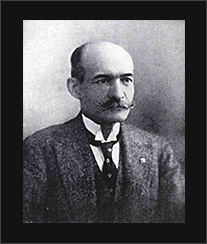
MILESTONES 1919 > 1940
In 1891, Ercole Marelli founded the company bearing his name, specialised in the production of electrical devices and engines.
In 1915, the company Società Anonima Ercole Marelli started the first tests in Italy in the field of start magnets for internal combustion engines.
1919: to satisfy the growing demand for start magnets intended for the automotive market and for the aviation sector, Magneti Marelli was founded with a share
capital of 7 million of the former Italian liras, underwritten in equal parts by Fiat and Società Anonima Ercole Marelli.
1929: the production of automobile batteries started.
1930: the Radiomarelli brand was created for the marketing of Magneti Marelli radio products and, subsequently, of television sets.
1931: the production of batteries for electric-drive vehicles, submarines and for train lighting applications was started.
1932: Magneti Marelli set up Fivre, Fabbrica Italiana Valvole Radio Elettriche, one of the first and most important Italian companies for the production of electrical radio valves and, subsequently, of cathode tubes intended for future television sets.
1935: the production of automobile and motorcycle sparkplugs was started, an activity that will provide Magneti Marelli with fame and popularity for over 50 years.
1938: the Magneti Marelli science and research laboratories avail themselves of the work of the great physician Enrico Fermi, precisely in the year he was awarded the Nobel Prize.
1939: Magneti Marelli designed and built the first experimental system for television broadcasts, consisting of television cameras, the first radio bridge between the Milan Fairgrounds and the Park Tower, today known as Branca Tower, and of a prototype of television receiving device, almost twenty years before the official launch of television in Italy.
1947: Magneti Marelli participated in the incorporation of Telemar, a company that grouped together free Italian ship owners for the exercise of radiotelegraphic and radiotelephonic transmissions at sea. (In 1957 Telemar owned a fleet of 437 ships, each one featuring radio and radar equipment made by Magneti Marelli)
1947: Magneti Marelli was listed on the main Italian stock markets.
MILESTONES 1950 > 1970
1953: Magneti Marelli built the first radio television bridges for RAI (Italy’s state TV), including the Milan-Palermo bridge, first in Europe in terms of size and power.
1954: Magneti Marelli built the radio bridges for the entire Italian weather network being completed at the time.
1956: Geneva’s CERN entrusted Magneti Marelli with the design and construction of the acceleration units of the largest proton synchrotron in the world.
1958: a survey conducted by Doxa revealed that Radiomarelli was the brand preferred by Italians, as one fourth of the population owned Magneti Marelli household appliances (radios and televisions).
1959: Magneti Marelli designed and built the radio bridge for the launch of the second RAI channel, in view of the 1960 Olympics in Rome.
1967: Fiat purchased the entire shareholding package of Magneti Marelli. The first business combinations operations were initiated, which lead to the incorporation in Magneti Marelli of the subsidiaries MABO (a commercial joint venture with Bosch, founded in 1935), Radiomarelli and Imcaradio (production and marketing of radios and televisions for the consumer market), Rabotti (professional test benches), Iniex (fuel injection systems), Fivre (valves and cathode tubes for radios and televisions).
1969: Mako, a company with head office in Turkey dedicated in the production of electrical and compressed air equipment, was founded.
1978: Magneti Marelli inaugurated its presence in Brazil, today one of the main hubs of the company’s activity, second only to Italy in terms of number of employees.
1979: Marelli Autronica, a joint venture between Magneti Marelli, Fiat and Weber (Bologna) was set up for the study and production of electronic control devices for ignition and fuel supply systems.
1983: the Digiplex electronic ignition started to be mass produced, the industrialization process began for the Cityplex systems, used to automatically turn the engine off and back on with the vehicle stopped, and for the Cut-off systems, which cut off fuel supply upon release of the accelerator, solutions which already aimed at fuel savings and at limiting polluting emissions.
1984: the Magneti Marelli headquarters was transferred from Sesto San Giovanni to Cinisello Balsamo (MI).
1987: Magneti Marelli was reorganized as an industrial holding, with leading and well-known European brands such as Weber, Veglia Borletti, Carello, Siem, Solex and Jaeger became part of the company.
1991: the Magneti Marelli headquarters was transferred to its current location in Corbetta, Milan, which was previously the head office of Veglia Borletti.
1994: merger between Magneti Marelli and Gilardini, originating the Magneti Marelli maxi hub in the field of automotive components.
1996: Magneti Marelli started its operations in China with the Guangzhou plant, strengthening its presence through the years with additional production facilities in Shanghai and Wuhu.
2000: after having started to operate in the area of satellite navigation in 1998, the first Magneti Marelli satellite navigation system was installed on a mass-produced car (the Alfa Romeo 147).
Between 2000 and 2001, the refocusing of industrial activities led to the delisting from the stock markets and to the decision by the Fiat Group to sell certain business branches, such as electronic systems, aftermarket and air-conditioning.
2001: in the field of motor vehicle lighting, Magneti Marelli took full control of Automotive Lighting, a joint venture with Bosch started in 1999.
2003: Magneti Marelli launched in Brazil the multi-fuel technology called Flexfuel SFS®, which allows internal combustion engines to run on both ethanol and petrol or on any combination of the two.
2005: with the installation of Sergio Marchionne in 2004 at the helm of the Fiat Group, the automotive components business regained strategic importance, and with the new management team a new season started for Magneti Marelli: the industrial perimeter was rebuilt by reintegrating the Electronic Systems and After Market areas.
2007: Automotive Lighting built the first full-LED headlight in the world intended for mass production (to be fitted on the Audi R8).
Magneti Marelli is an international Group committed to the design and production of hi-tech systems and components for the automotive sector. With more than 38.000 employees, 89 production units, 12 R&D Centres and 26 Application Centres, the Group has a presence in 19 countries and supplies all the most important car makers in Europe, North and South America and Asia.
Magneti Marelli mission, as a worldwide automotive parts supplier, is to make its key technologies available to its final customers at an affordable price, by matching high quality and a competitive offer, technology and flexibility. Magneti Marelli is providing its know-how and wide-ranging expertise in electronics, through a process of ongoing innovation and environmental sustainability in order to develop intelligent systems for active and passive vehicle safety, onboard comfort and powertrain technologies.
The Magneti Marelli business areas are:
- Automotive Lighting (front and rear lighting systems, body electronics)
- Powertrain (engine control systems for gasoline, diesel and multifuel engines; Automated Manual Transmission “Freechoice” gearboxes)
- Electronic Systems (instrument clusters; infotainment & telematics)
- Suspension Systems (suspension systems, shock absorbers. dynamic systems),
- Exhaust Systems (exhaust systems, catalytic converters and silencing systems)
- Plastic Components and Modules (activity under integration process in Magneti Marelli)
- After Market Part and Service (Spare Parts for the Independent Aftermarket – IAM, Service Network – Magneti Marelli Checkstar Workshops)
- Motorsport (electronic and electro-mechanical systems specifically for championships at the cutting edge of technology, in F1, MotoGP, SBK and the WRC)


